A History of Displacement of Non-white Women In Vila Mimosa
Mapping the roots of Brazil’s most notorious red light district from the Byzantine Empire and WW1.
Leia em Português (BR) aqui.
Photo by Beatriz da Matta (2019). Reggae bar in Vila Mimosa.
The religious divide that became racial and ethnic at the time of the Byzantine Empire can be traced from today.
It all starts in February 840 with a ban on selling Christians, which at the time occupied the northern Mediterranean, to North-African Muslims as slaves. As a result, Slavs started being captured and sold instead. Western Europe had learned to make money by selling other people instead of themselves, and it was from the name of these other people that the word slave came to be. As Eastern European pagans, they were considered a distinct ethnicity. Western Europe turned itself into the heart of White Supremacy as Slavs in the east started being marginalized, exploited and enslaved in ways which extrapolated structures of class. The concept of possession and sale of “the other” comes from religious differences, since a thousand years ago the concept of race was still in its formation stages. The concept soon enough took shape, and today we still live in the social and governmental structure that started being built then.
The Pactum Lotharii, which regulated the sale of people in 840, represents the rupture between the Republic of Venice (today northeastern Italy) and the Byzantine Empire (which bordered the Mediterranean and much of the Black Sea). This rupture signifies the alliance between Italy and the Western World.
For a thousand years, Christians expanded their reign from the northern Mediterranean, occupied northern and Western Europe, and eventually colonized the Americas. Slavs in Eastern Europe resisted as much as they could to preserve their languages, culture and ethnicity. In the early twentieth century, as a result of hundreds of years of tension caused by this resistance, the Western World kick-starts World War I.
Map showing the division between Eastern and Western Europe.
My reading of the division between Eastern and Western Europe is not based on relations between Europe and the Soviet Union. For that reason, I don’t include part of Germany in the east. I base the division on historically Slavic regions, except for Hungary, Romania and Greece [1], which are not Slavs; they are from the east in geographical terms. Even so, the eastern expansion of ancient Slavs over a thousand years ago has everything to do with the Slavic ethnolinguistic category we see today.
The bulge in the dividing line between east and west, formed by Austria and Hungary (not Slavs), was central to Great War which marks the restructuring of Empires and fixes the predominance of the nation-state structure we see today [2] . Empires such as the Byzantine passed through waves of expansion and decline, and a period of decline occurred on account of the division between Orthodox Christian Western Europe and a Greek East. In the twentieth century, with WW1, Empires in eastern Europe disbanded, and only a few in the west went on until the 80s or 90s [3].
In the Austria-Hungary empire (the bulge), a German and Hungarian minority ruled over a mostly Slavic population. One day, the Austro-Hungarian heirs [4] were murdered by a Bosnian Serb [5]. This event triggered the Great War. The imperial authorities of Austria-Hungary already intended to invade Serbia well before the murder of their heir couple. So when the Serbian authorities denied involvement in the murder and most European authorities believed it, everyone wanted to avoid escalating the conflict, except for the Austro-Hungarian authorities.
Of course, there was tension in power structures that did not respect the ethnic diversity of the region. A color surrounded by its opposite becomes more vibrant, contrasting. It is no coincidence that Austria and Hungary have radiated a unique White Supremacist tone ever since.
THE ROLE OF WOMEN

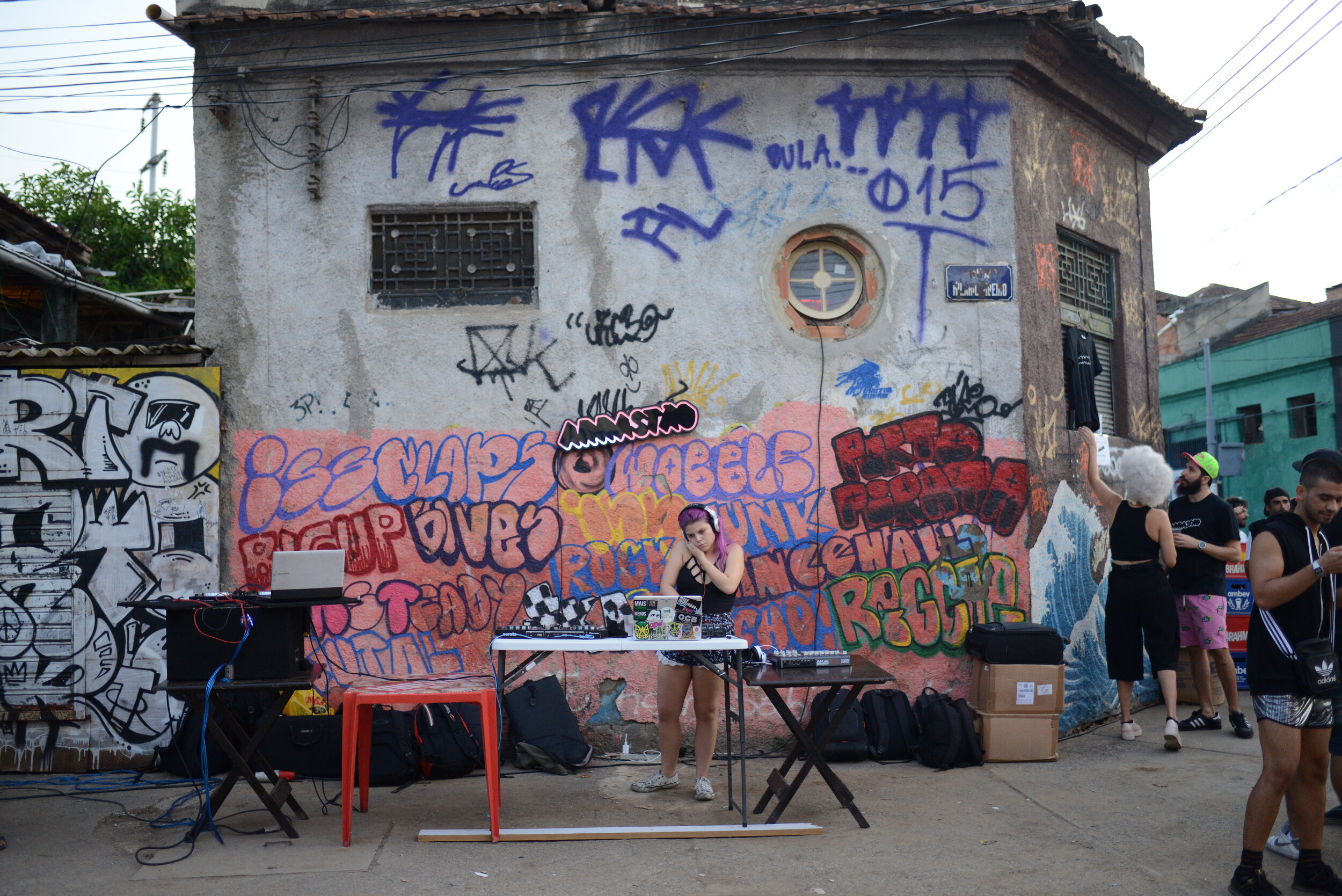


Photos by Fabio Teixeira (2015)
The transition from Empires to Nation-States has also initiated a change in the role of women in western society. After WW1, there was a “surplus of superfluous women.” In other words, they were single because of the high death toll in battle. In England, for example, women between 25 and 40 were selected and sent to colonies, where the surplus was reversed because colonizers were men. This selection process was consensual in theory, but what options did they actually have? I would argue that the process was essentially deportation, because lack of options falls far from consent. It was contrary to state rules to have no husband - it was illegal.
The “deportation" of middle-class white women also served to prevent Europeans overseas from eventually forming “scandalous bonds" with non-white women in the colonies. And during the war, these white women took up labor from men who went to battle, occupying a space in the professional field that they never had before. This can be seen as the baby steps of the bourgeois feminism we know today where women struggle to be more than housewives, and to acquire professional positions that until then were available only to men.
Poorer women had no positions of power, but they always worked.
If it’s illegal to have no husband, and it’s white women who are destined for marriage, what happens to Slavic women? Non-white women with whom was “scandalous” to associate end up relying on clandestinity as a means of survival. While prostitution is seen as a profession that degrades women, the social and governmental environment that forces women into this position is seen as pure and just. The line between forced marriage and prostitution is the distinction between comfort levels set by State norms. These state norms were, and still are, set by men.
How is it that trying to survive in the bowels of history is shameful, while those who feed it are revered? History feeds on conflict and misery, it ignores the many victims and immortalizes the writers and narrators.
Brazil’s involvement
Brazil got involved in WWI by declaring war on Germany in 1917. On the run, Slavic women sought shelter here. With no money and no husband, they founded a brothel in Laranjeiras, in the South Zone of Rio de Janeiro. It was there that what we know today as Vila Mimosa was born; Rio’s red light district. Over time, these foreign workers mingled with the locals, but what most impacted the change in the area's demographics was displacement. Urban and capital expansion forced them to retreat into more distant regions.
With the so-called end of slavery, black women began working with those eastern Europeans, many of which were Jewish and reduced to “Polish" even when they were not from Poland. Many years later, when the village settled in Praça da Bandeira, in the north-zone of Rio, the workforce was predominantly composed of black Brazilian women. In nineteen/twentieth century patriarchal and supremacist society, single women in Eastern Europe were labeled “superfluous” and treated as subhuman for belonging to a distinct ethnic group from white Christians. In Brazil, we can see parallels with the treatment of black women, and it is no coincidence that the word ‘slave' also emigrated.
Today, Vila Mimosa is a small area where prostitution happens somewhat legally, on the property of the police, backed by the State, and supported by social and health institutions. I say somewhat because prostitution is a profession recognized by the Brazilian labor ministry, but still involves a number of illegalities related to illicit drugs and militias. Not all black women working in Vila Mimosa are single, but they all deal with the violence of a supremacist State that sustains a social structure that robs them of options, daily. There is hunger, misery, and subjugation. Subjugation not only in interpersonal / sexual terms, but also as in public policies, government interests, and capital expansion.
RIO – SÃO PAULO speed train
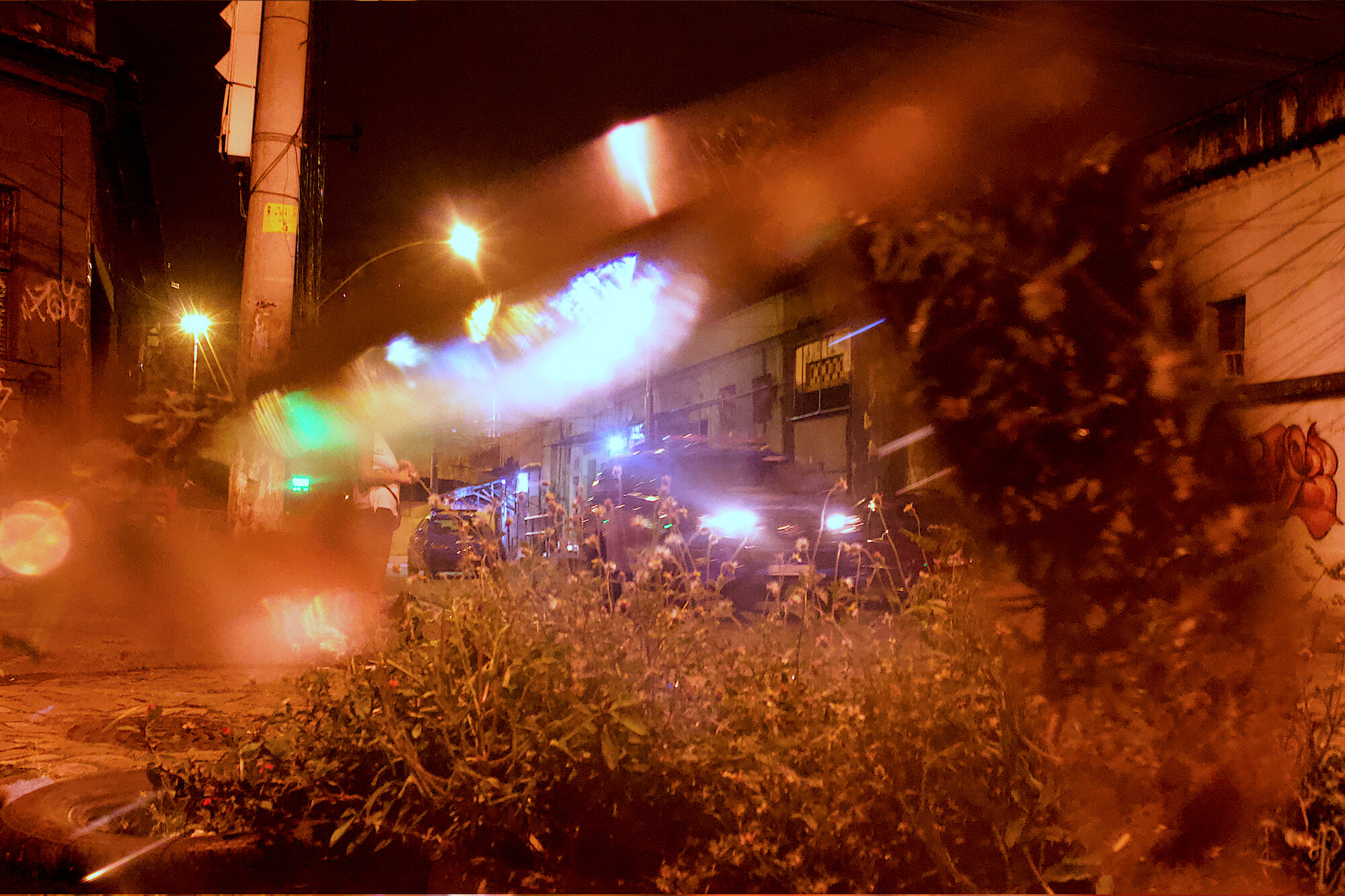

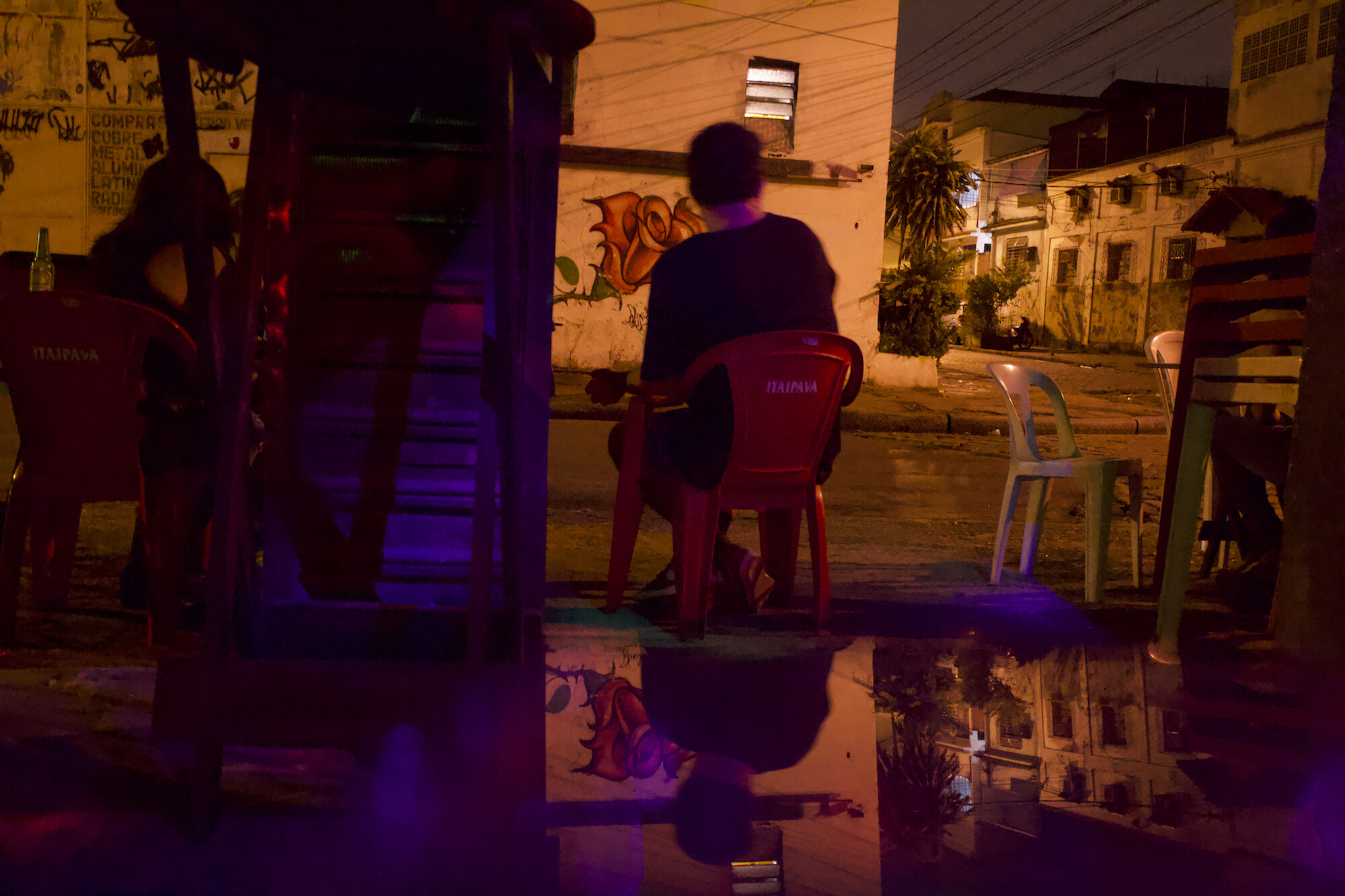
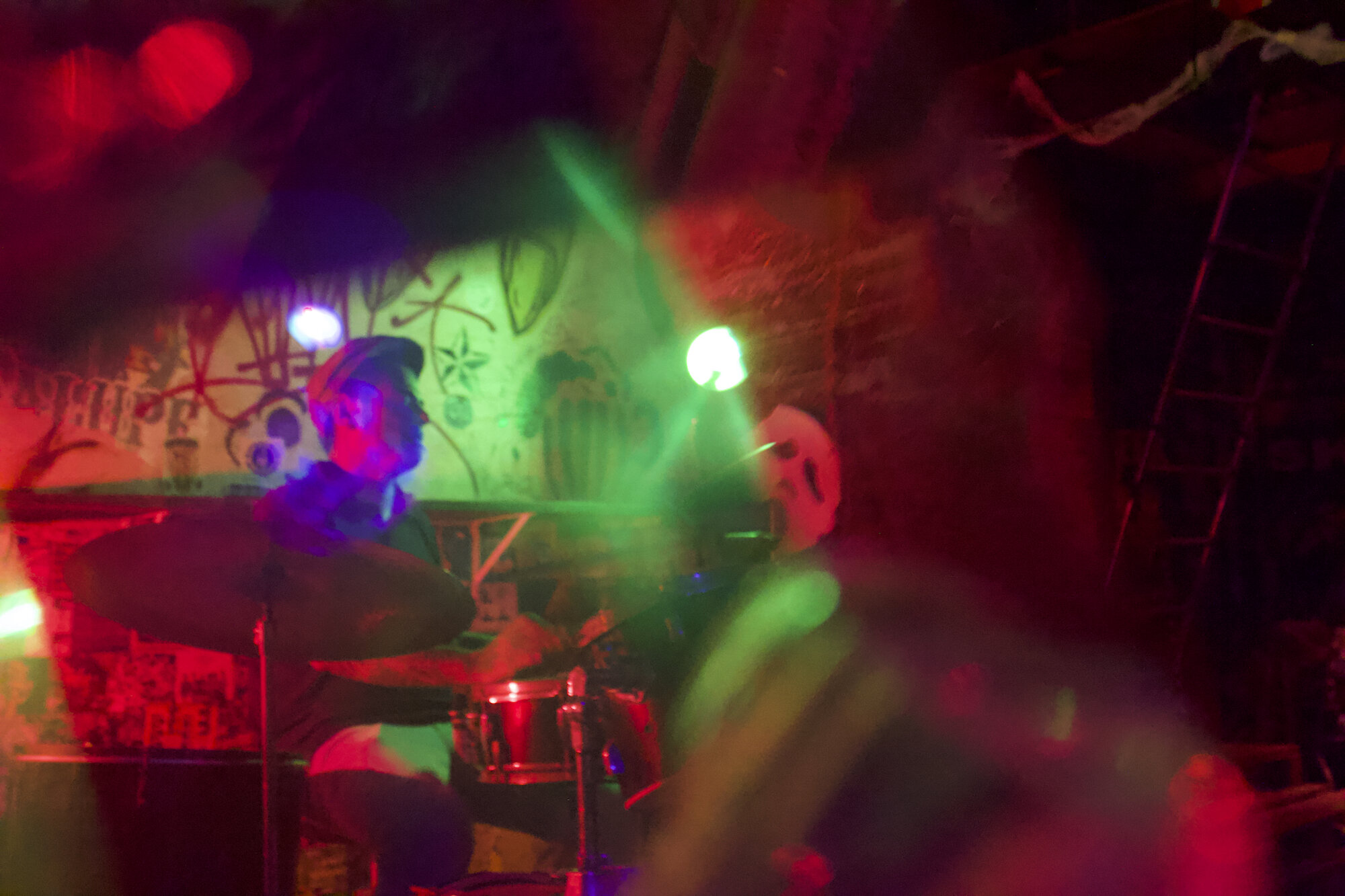
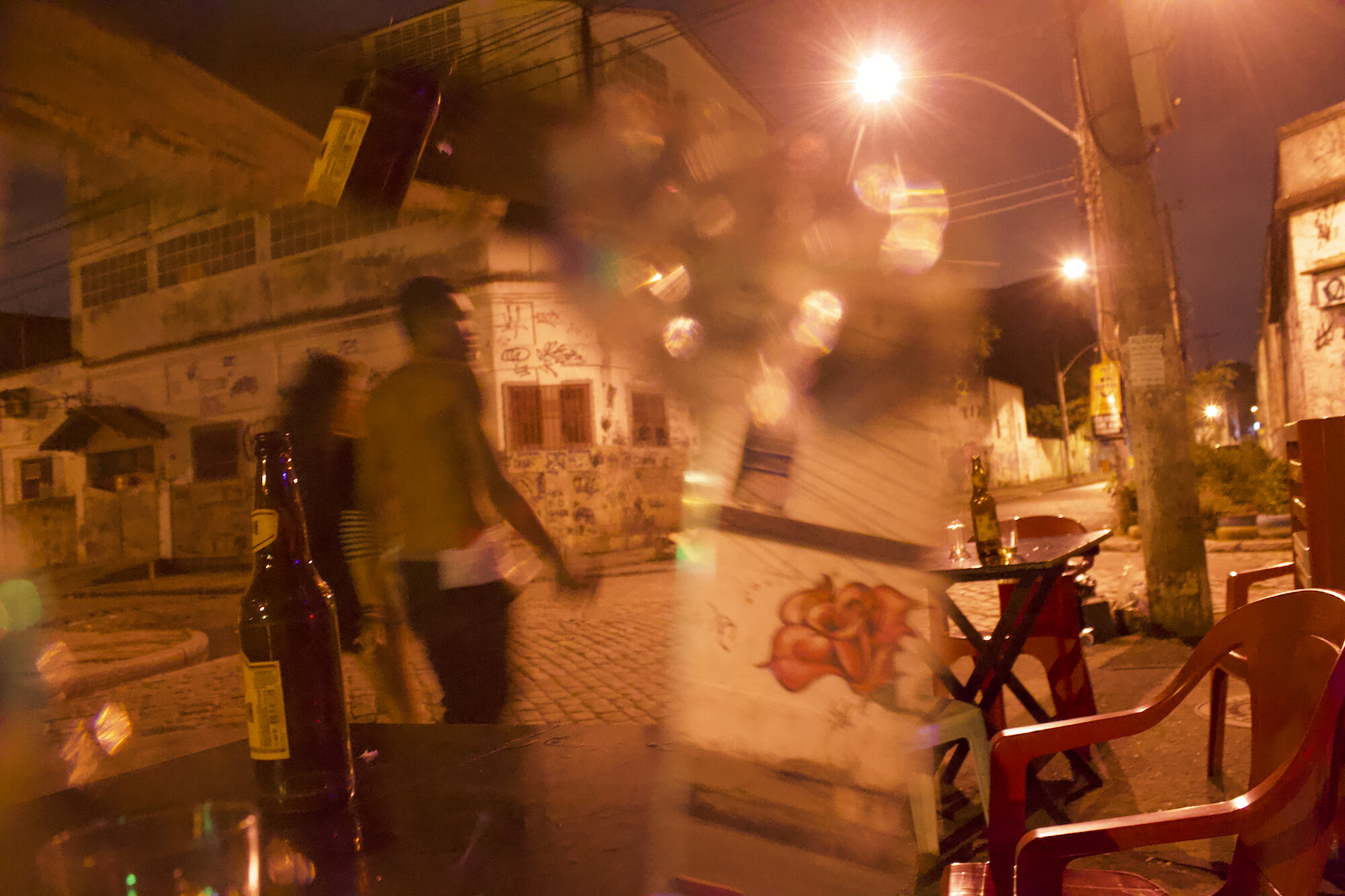
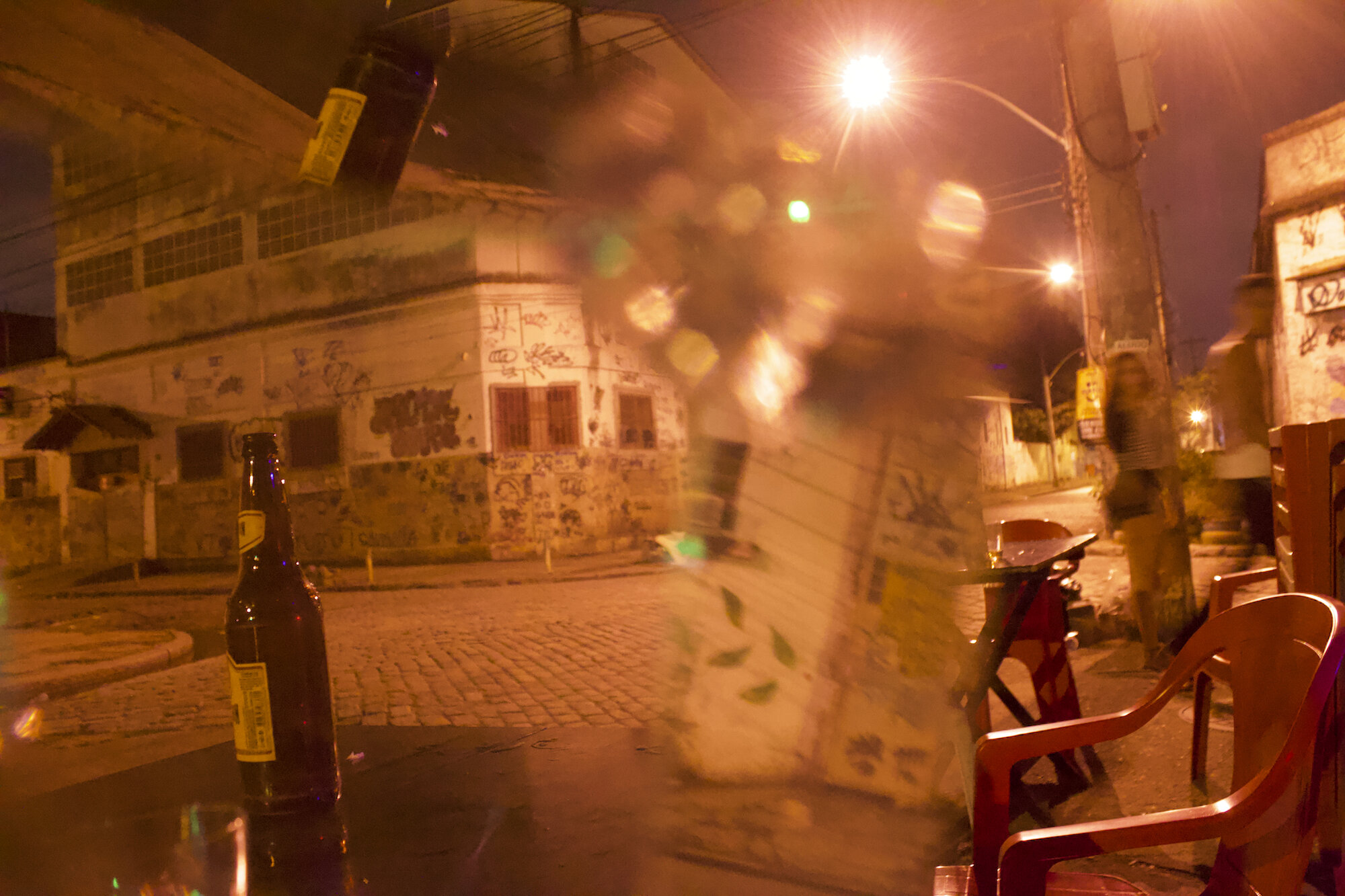
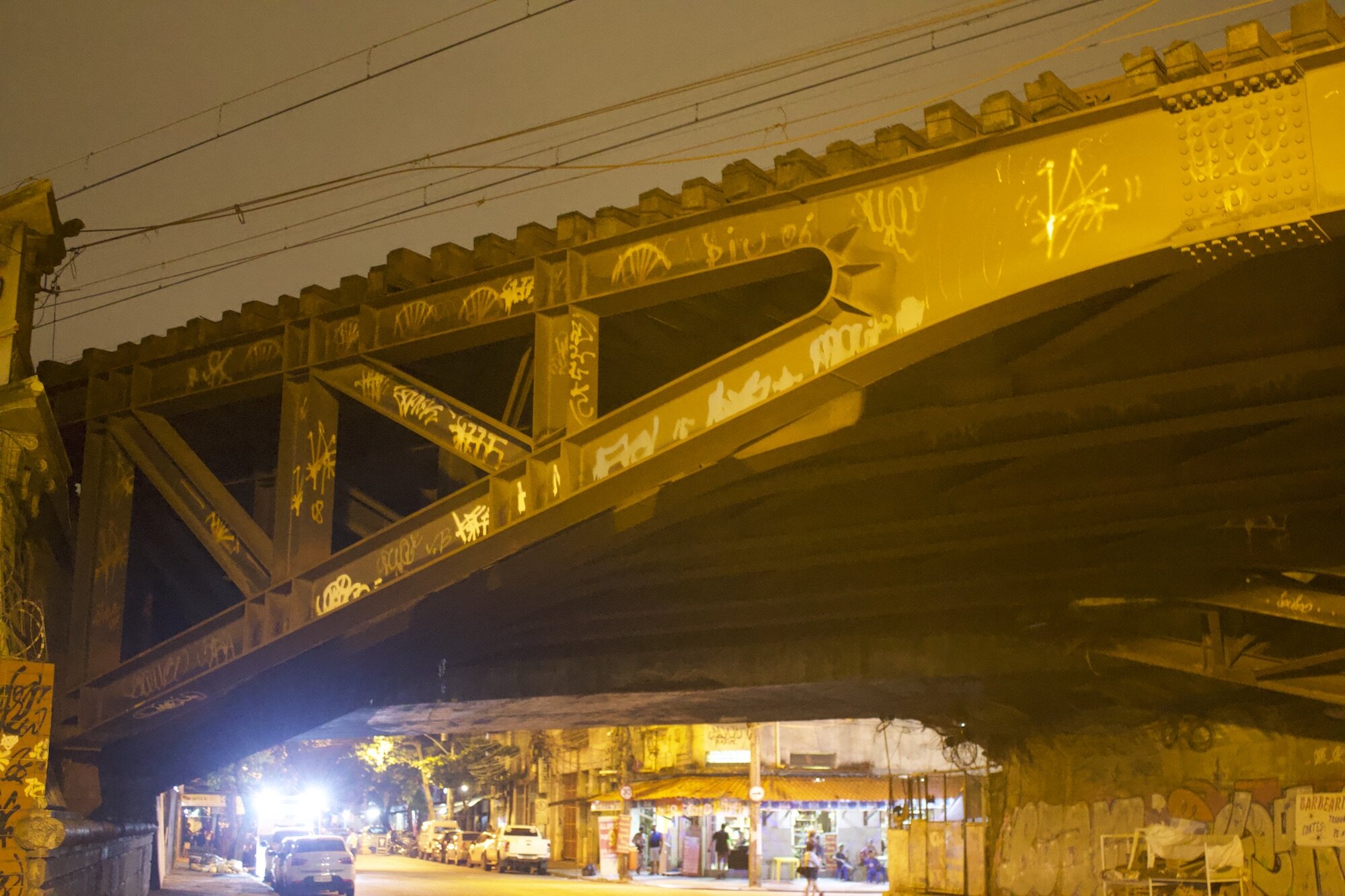
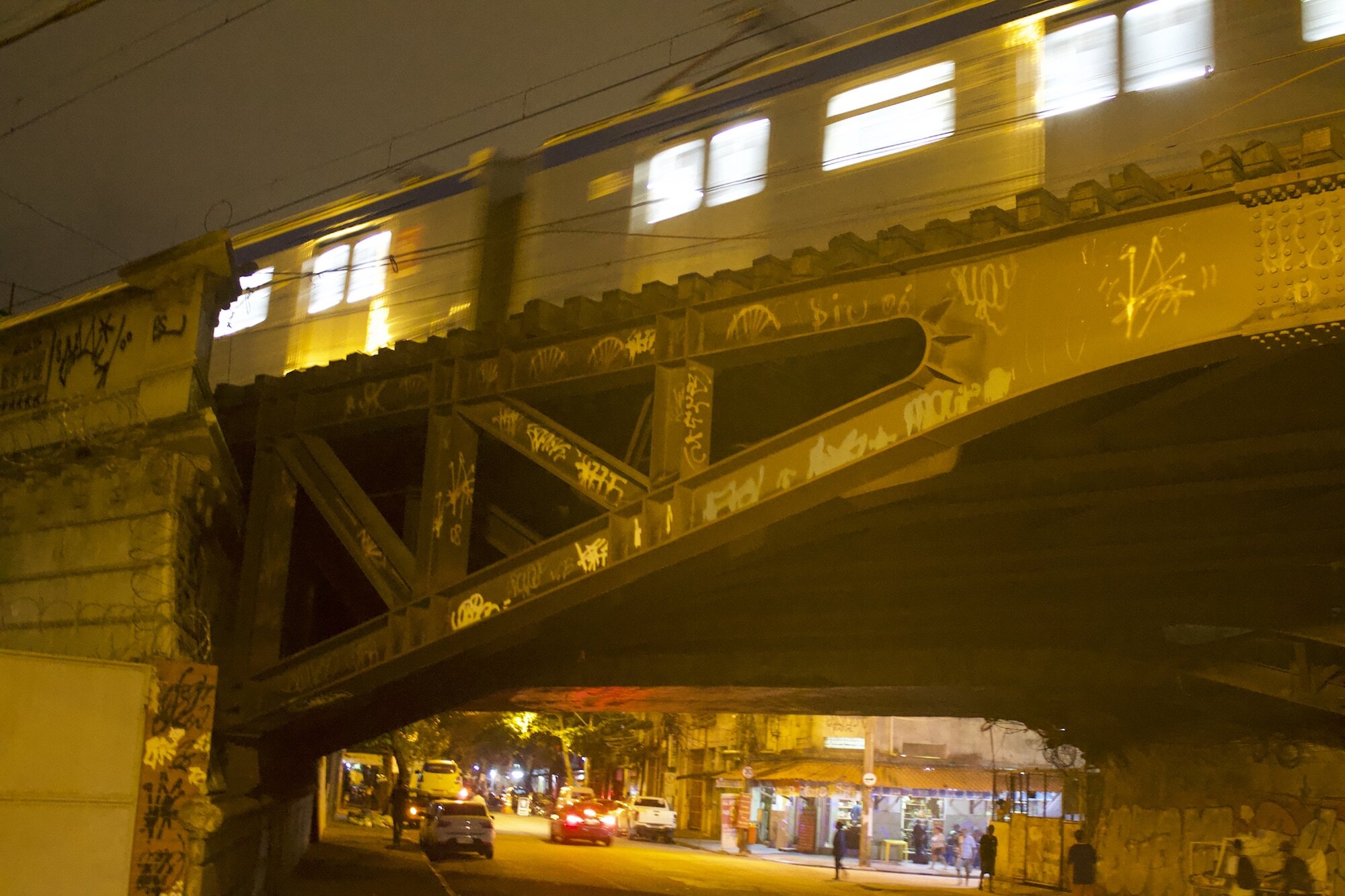


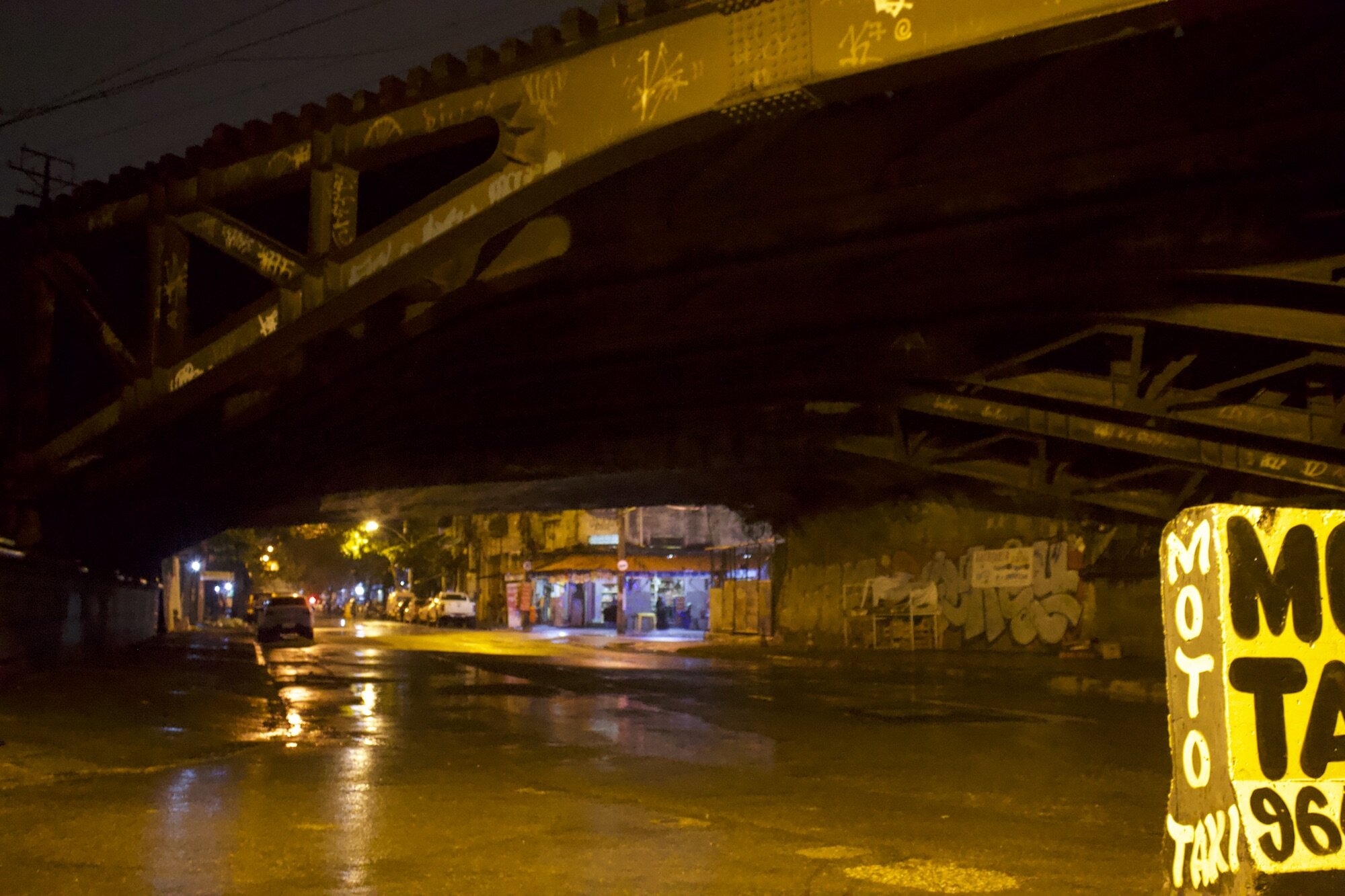


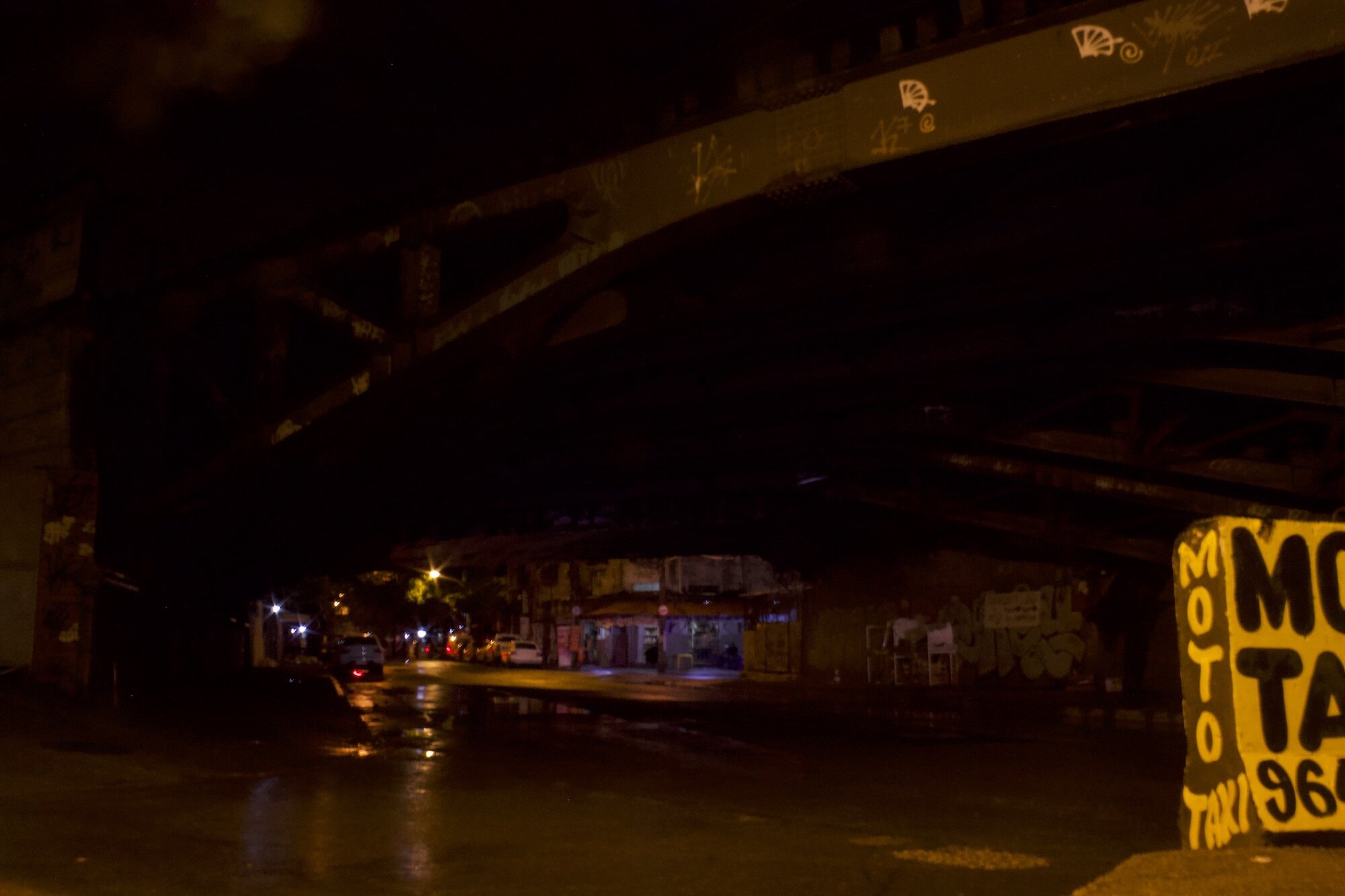
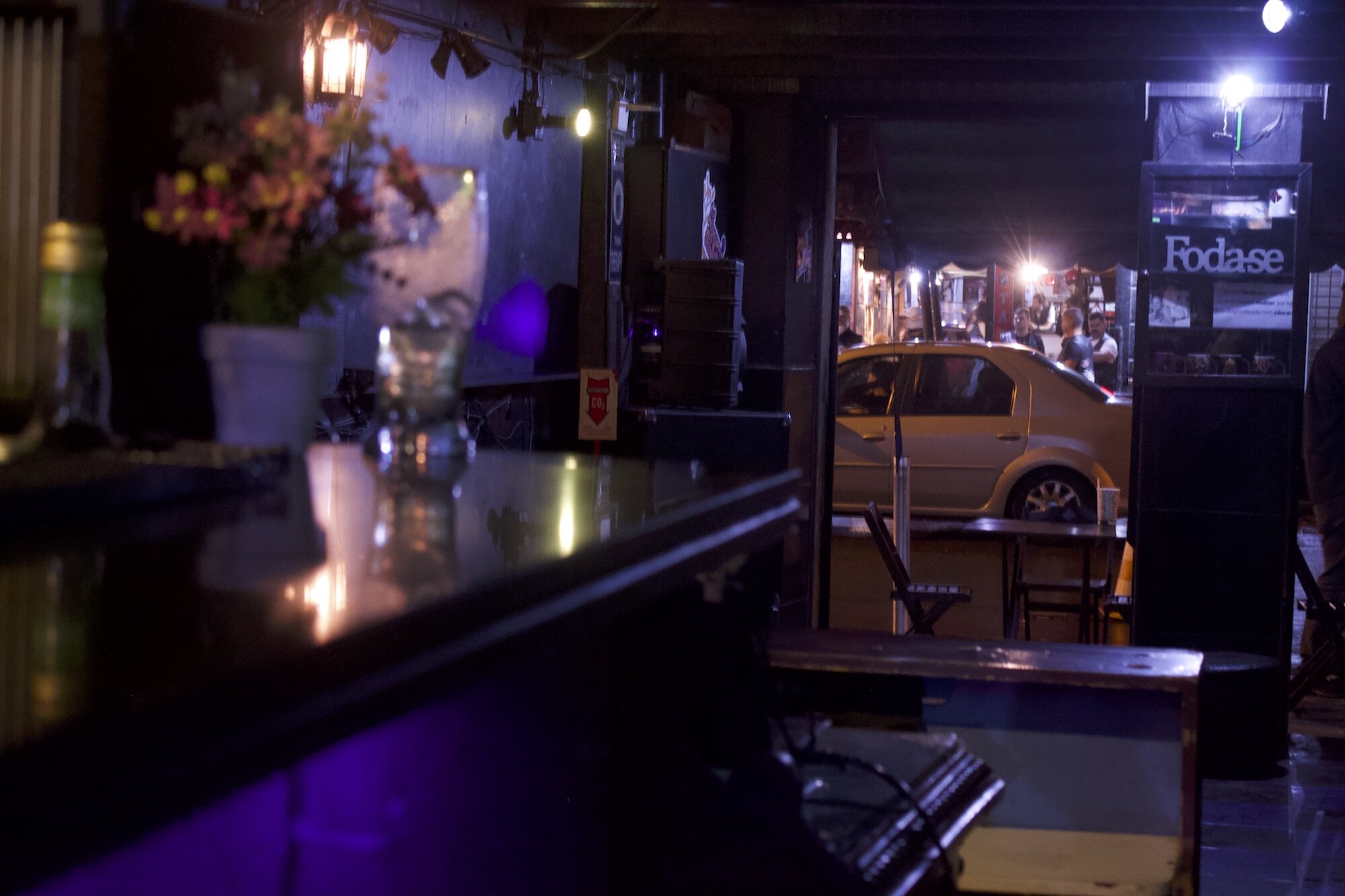
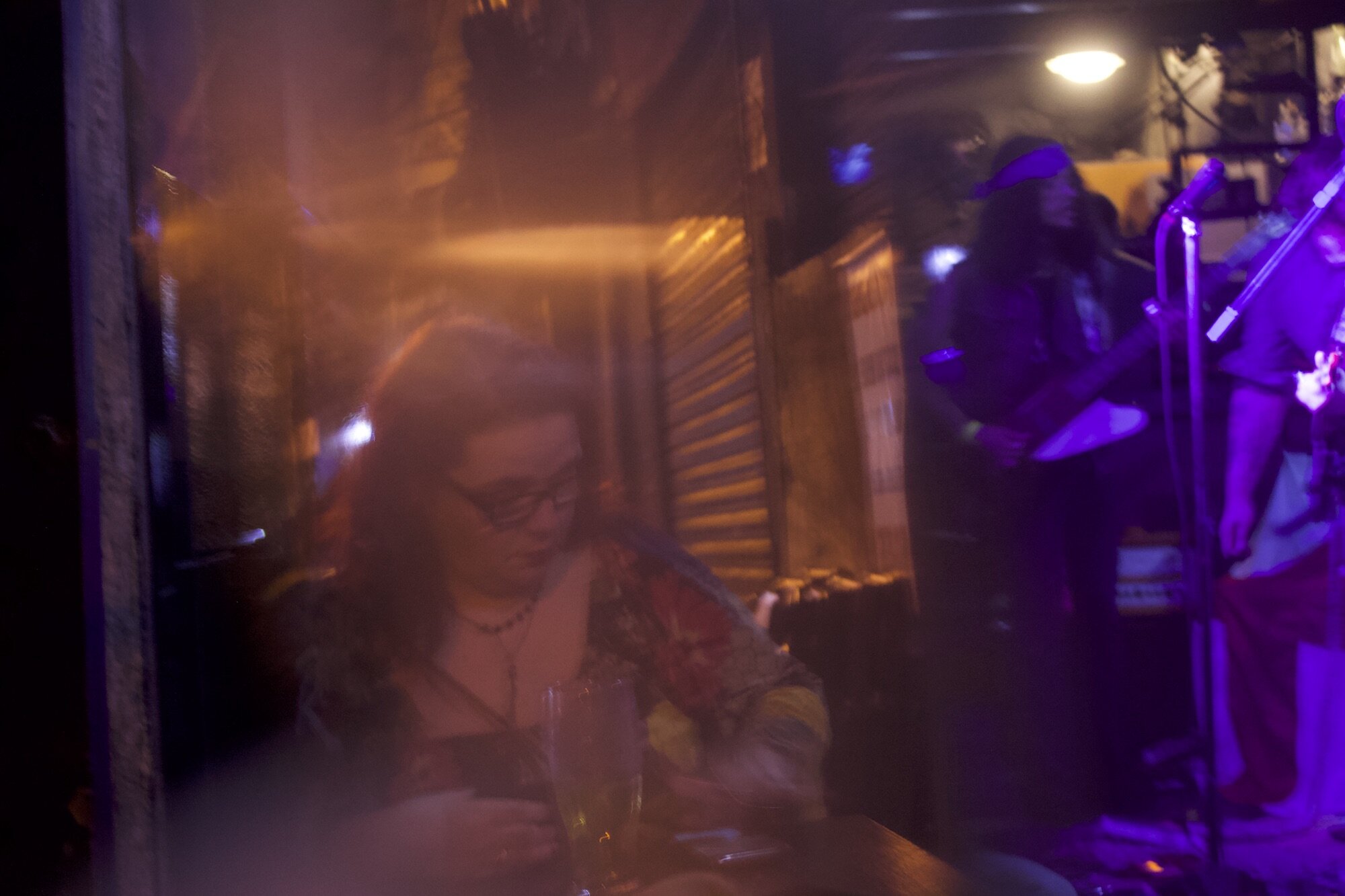



Photos by Beatriz da Matta (2019)
A high speed train that will connect Rio de Janeiro and São Paulo is expected to pass through Vila Mimosa, and will displace these women once again. Countries like Germany, France, Spain and Italy have economic interests here and are investing in this project. There are plans to build a new place for the women to work called ‘City of Girls', but the budget still floats in the distance, far away from any European investors' field of vision. Western Europe's economic interests have marginalized other people for hundreds of years. Vila Mimosa is a microcosmic example of the global structure that has been, and still is, displacing and weakening the existence of non-white women.
These economic interests certainly don’t benefit all people. Whom are they benefiting? Western Europe is small and vulnerable. As we can see in the map from before, it occupies half of the European continent, which is already the second smallest continent in the world, and has very few natural resources. Even so, it’s a force capable of evolving its methods of enslavement, and of sustaining a society where women like the workers of Vila Mimosa have no choice but to expose themselves to brutal situations to survive.
[trigger warning: the next paragraph contains descriptions of disturbing physical violence]
In 2017, a former Vila Mimosa security guard recorded a video telling the story of the situation that led him to resign. One day, out of financial need, a female worker agreed to breaking protocol. She went with a client to a hotel outside the women's designated work area and took long to return. Some in the neighborhood worried and asked the security guards to check it out. They coerced the receptionist of the hotel, forced open the bedroom door and found her tied to the bed with tape over her mouth, being tortured with a shard of glass.
If the problem was this particular psychopath, we could solve it quickly. Unfortunately, here we encounter a problem that persists for millennia. Torture, misery, and the (ab)use of women's bodies are problems that persist throughout human history, and it’s constant work to resist them. These wars are in the past and the present, in our bodies and our minds. As British scholar Clare Makepeace has pointed out, the Great War had its role in shaping the performance of male heterosexuality:
“Premarital and extramarital sex were not vital to conceptions of masculinity" […]“a new code of conduct has been unveiled: hidden but accepted masculine behavior”.
History is now.
While travelling through Europe as a white-passing Brazilian, I felt I was not white enough there. Not even a blue-eyed blond polish person was white enough. The outline of not only of class but of race was revealed in any context. It was normal to say that someone “looked polish," so they were in the west to do physical labor. And I, as a latina, was probably in (western) Europe to find a husband to “legalize" myself (get a visa). We are treated as if we were in the west to better ourselves, while here they come to better us.
The memory of the Great War and the contemporary political conjuncture shows us the pain and terror it often is to be poor and a woman with nearly no options. It’s essential to avoid looking away, and to fight against patriarchal, supremacist and state power structures. There are many ways to resist, and one of the most accessible is to undermine the conceptions of abusive masculinity around and within us whenever possible.
Vila Mimosa is not a place of gutters and condoms, as mainstream media chooses to portray. It can be a place to make friends, listen to live rock music, dance to reggae on vinyl, and have great cocktails and veggie meals. The portal-like entrance is an old industrial track with steel joints as those of the Eiffel tower, where the train to Brazil’s Central Station passes through with a soothing sound. We must see the beauty in survival to gather the strength to fight what’s killing us. All around is a site of resistance and endurance, and here hides the energy to soldier on.
Footnotes:
[1] - Greeks are not Western, although they have inspired the culture. The Hellenistic period has been appropriated and gentrified by the Western World. Something similar, but more extreme, was the whitening of Ancient Egypt.
[2] - Definitions of Empire and Nation-state imply that Nations are formed more naturally than Empires and rely less on force, because they are based on the identity of the population. But veiled forms of Empire exist when one Nation has the power to “ensure” the sovereignty of others. Securing someone else’s sovereignty is a paradox, because if we depend on others to have it, we still don’t have it. Soft-power is this century’s disguise of Empires.
[3] - The following Empires ended during or shortly after WW1: Ottoman, Russian, German, and Austro-Hungarian. The following remained: French, English, Portuguese, and Spanish.
[4] - Archduke Franz Ferdinand of Austria and Sophie, Duchess of Hohenberg.
[5] - Gavrilo Princip, who was 19 years old at the time of the assassination.
PLATAFORMA 9
is a media collective based in the Rio de Janeiro/Niterói area.
Mirna Wabi-Sabi
is a writer, political theorist, teacher and translator. She is an editor at Gods and Radicals, founder of the Enemy of the Queen magazine, and a member of the Plataforma 9 collective.
Beatriz da Matta
Portrait of Mirna Wabi-Sabi by Estabrak Al-Ansari.
is a mutidisciplinary artist, lgbtqi, accumulator of ideas, writings and experiments with audiovisual - bodies - materials ~ movements ... She’s an active participant of the collective “Labirinta" and the collective residence “Ksa do mato".
Fabio Teixeira
is a photojournalist and documentarist based in Rio de Janeiro, who has worked for The Guardian, Folha de São Paulo, the international Red Cross, UNICEF and more. He is a member of the Plataforma 9 collective.




